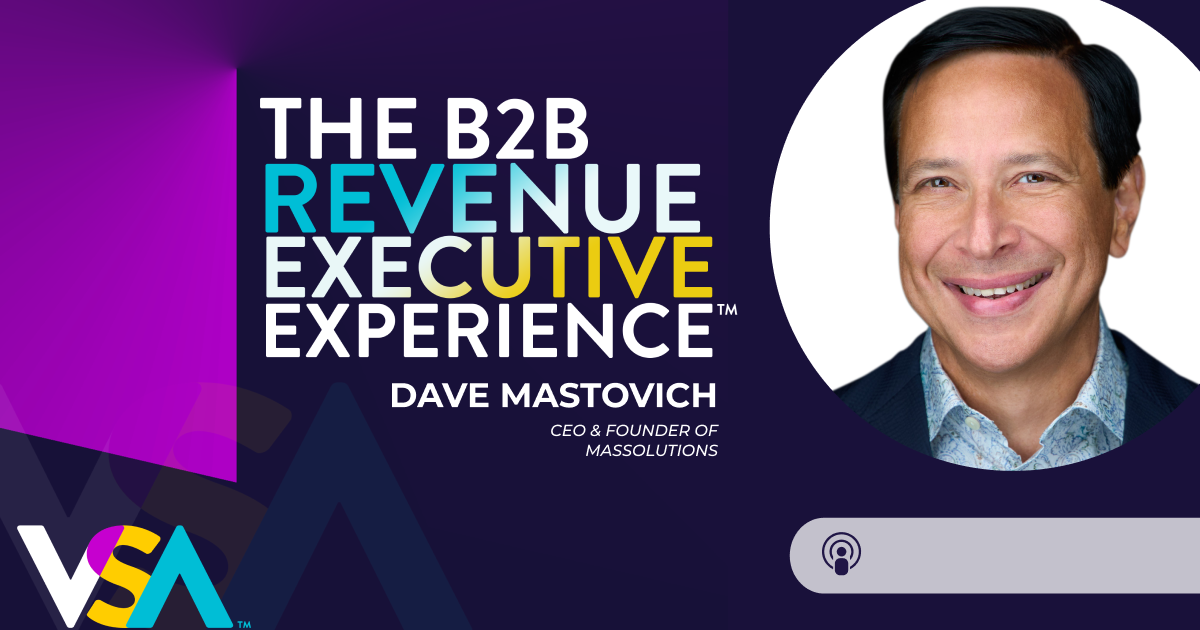Your Company Has Issues. It’s Time to Talk About Them.

Your organization is taking off. Everyone is so excited about growth that it seems like every day is a parade. Meanwhile, the new systems for scaling are slowing you down — but no one wants to listen to you complain, right? Wouldn’t it be nice to work somewhere where everyone could voice their concerns?
Our guest today, Tim Cakir, CEO and Founder of Squad One, says there is no reason that shouldn’t be the case at every company — and he’s doing something about it, offering growth management software and a framework for talking about problems.
Goals are great, but …
If they’re all you talk about, you might not achieve them
It’s excellent when leadership aggressively pushes the company forward — a company without goals doesn’t get anywhere. However, if your organizational culture doesn’t encourage bringing up issues, nobody talks about the (often obvious) problems that may hold you back from achieving them.
This is a common problem in companies with a top-down style of management. Employees are often fearful of bringing up issues because they don’t want to dampen the enthusiastic atmosphere.
You shouldn’t be the only one talking
Even when there is room to voice concerns about issues, this simply doesn’t happen in most companies. Leadership decrees something, and it is so.
“We need to collaborate at every level — from strategic goals to day-to-day task management.”
Tim Cakir, CEO and Founder of Squad One
Yet, the people most likely to identify critical issues with your product are often the ones closest to it and your customers. Traditionally, these frontline workers are the most afraid to speak up in a culture where pointing out problems is frowned upon.
Addressing issues is easier with a framework
Now, many of you may be scoffing: At our organization, leadership wants to hear concerns, people just don’t speak up.
Maybe that’s the case, or perhaps it’s because your company doesn’t provide an easily understandable avenue for expressing concerns — like a framework encouraging such discussions. The framework for Squad One’s Growth Management Platform is GCO (Goals, Challenges & Opportunities), which overcomes this difficulty.
How to effectively start talking about problems
1. Make it okay to “complain”
If your customer service reps put out the same fire every day due to a faulty process or part of some organizational push, you need to hear about it. This problem is directly affecting your brand and, ultimately, your revenue.
Next time you are incredibly excited about your new campaign, take a moment and a step back. Remind yourself to allow room for concerns about the potential issues.
2. Encourage everyone to speak up
Your company can’t run without every employee doing their part — and you can’t be certain you’ve identified every issue without hearing from the people within your organization who deal with them every day.
“When people start getting involved, there is a better ambiance. There’s a better culture. You’re suddenly driving the company altogether and not just from top to bottom.”
Tim Cakir, CEO and Founder of Squad One
Make it clear how valuable speaking up is to leadership and reward employees for identifying problems that could tank your goals. After all, it’s a lot easier dealing with these issues on the front-end than once thousands of angry customers are storming Yelp.
3. Adopt a framework to ensure issues are discussed
We’ve already mentioned Tim’s GCO framework at Squad On— which is a phenomenal way to deal with issues — but even if you don’t use GCO, use something. In any organization, it’s not enough to simply say you want to hear concerns. You need to make space for people to voice them.
Ultimately, if you have a system enshrined in your processes allowing for it, people will take time to point out the problems — and feel safe doing so. Even if it’s just leaving an extra few minutes at the end of an announcement to bring up issues, you can demonstrate your commitment to hearing people by giving them an avenue to speak up.
The issue of issues
We all want leaders who steer the ship with enthusiasm and are excited about the next destination. Still, if your leaders only see a beautiful beach and ignore the many apparent icebergs everyone else knows are waiting in between, then getting there is going to be so challenging that it’ll inspire James Cameron to make a sequel to Titanic.
When you achieve a culture in which problems are as important to discuss as goals, many other benefits also strengthen your organization. With room to express challenges, collaboration between departments is much easier; your customer experience improves; and, perhaps most importantly, everyone feels more connected to the company and has a real stake in achieving its goals.
Now that you know how to bring up challenges at work, are you ready to dive into transforming your sales org with data and technology, or how to rehumanize your customer experience? Check out the full list of episodes: The B2B Revenue Executive Experience.
Explore More









